- Learning time
- 10 minutes
- First play time
- 30 minutes
Rosetta: The Lost Language
Designed by: Jono Naito
Rosetta: The Lost Language is an unusual game, not just thematically inspired by the Rosetta Stones, but in terms of the mystifying experience: one player knows the meaning of a discovered language, and the others must decrypt it before time runs out!
The game comes with two decks of cards: one a series of pictures, and the other a collection of hieroglyphic symbols. To play the game just one is needed of each, dealt randomly. One player is the author: they look at the picture and, inspired by what it shows, decide on the collective meaning of the symbols. The other player or players now attempt to decode what the symbols mean by asking for a series of definitions for words that the author answers by drawing a symbol (or symbols) in ‘the same language’ as the one they’re trying to decrypt.
For instance, a picture shows a port with boats moored and fish drying. The author decides the symbols mean ‘captain’ and are composed of distinct parts: water, boat, and person. If the players guess ‘fish’ the answering symbol might not do much to help. But if they guess ‘water’ then the author’s answer will clearly be part of the definition they’re trying to decode, so they’re on to something. The guessers have nine chance to ask for definitions and then a final guess. Two things help: after the third round the author must give a clue (there’s a deck of clue cards and the guessers will have two to choose from) and after the seventh the author must give, assuming it’s not already known, the meaning of a distinct part of the symbols (shown in the corner of the symbols cards). That’s the entire game, although we suggest giving everyone playing a chance to be author.
The guru's verdict
-
Take That!
Take That!
None - players work together. Although the author can't communicate with the other players, everyone's on the same team.
-
Fidget Factor!
Fidget Factor!
Low to non-existent
-
Brain Burn!
Brain Burn!
The rules aren't difficult at all, but it's a tricky task that the author has to come up with a definition that isn't *portrayed* by the picture (which would make a fairly dull game, to be fair) but *inspired* by it
-
Again Again!
Again Again!
There's a number of cards and symbols to combine in multiple ways, but replayability here is really about what the players bring to the table. If you like it, you'll probably like it a lot. If you struggle with the slightly foggy arena of where the game actually plays, repeat visits are unlikely to change your mind.

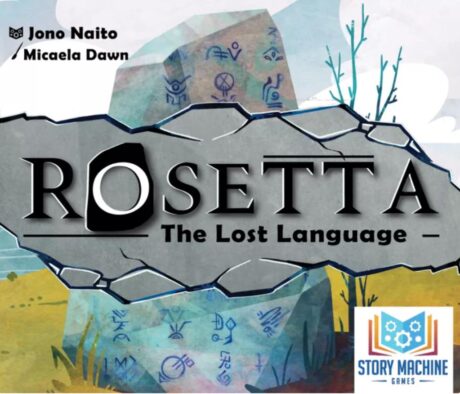
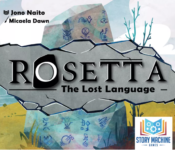

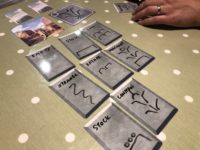
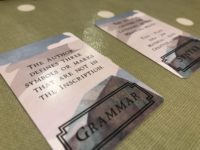
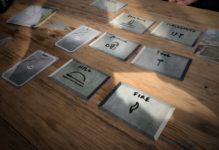


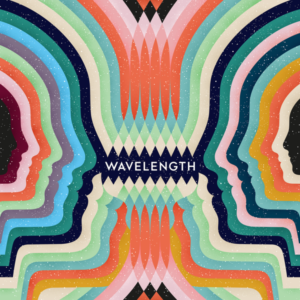
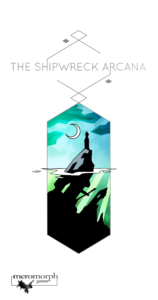

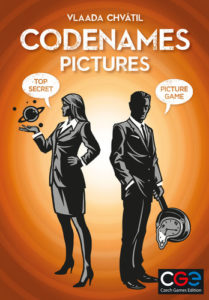
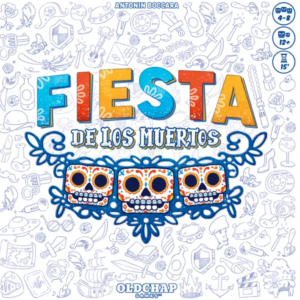
Sam says
A distinctly unusual game, and in a world awash with titles that sometimes blend into each other, that is no bad thing. My first play I was baffled, and I found the temptation to define the symbols as the thing they looked most like very tempting. After that I went far too conceptual and abstract. The key as author, I think, is to define the symbols as constituent parts of a whole: if your word is battle, say, then maybe the symbols mean warrior, fight, death. Or if your word is supper, the symbols might mean people, hunger, food. And so on. For the guessing players the task is a little easier, but still a challenge: you are after all decrypting, and it feels genuinely satisfying when you succeed. It's the type of fun that's punctuated by thinky pauses rather than boisterous laughter, but fun nonetheless. A unique experience.